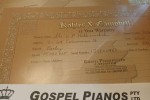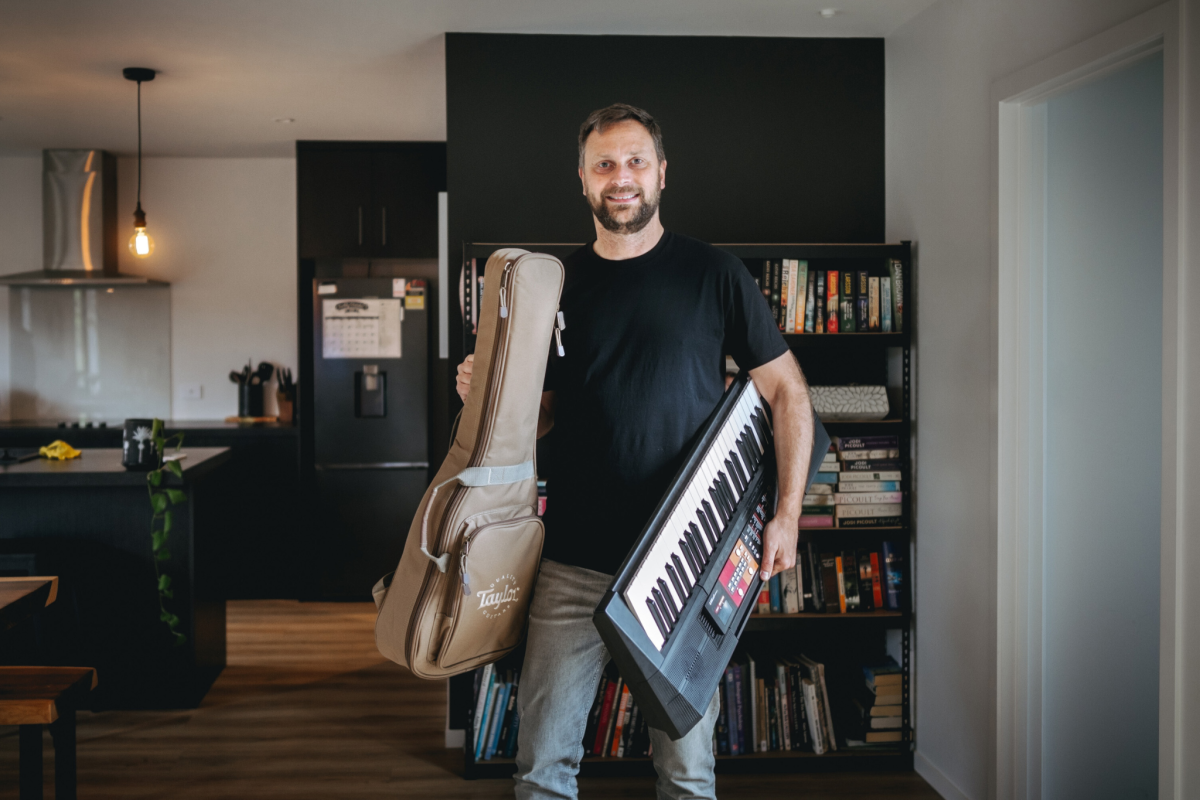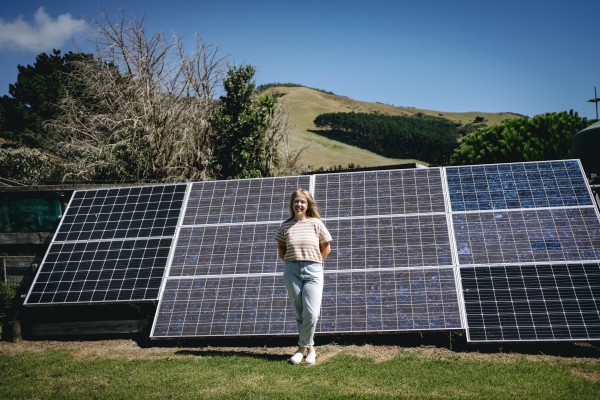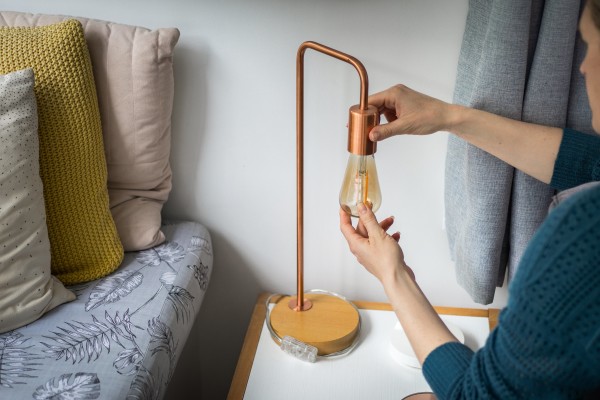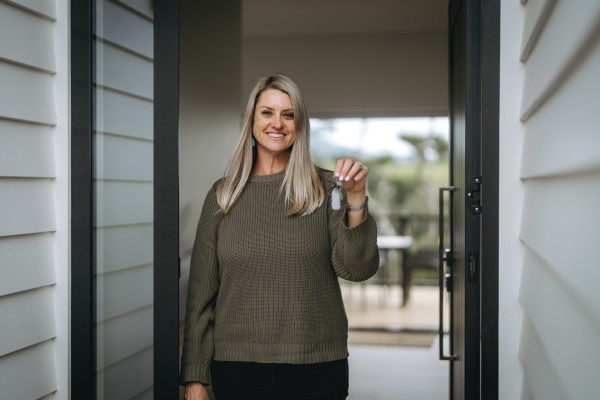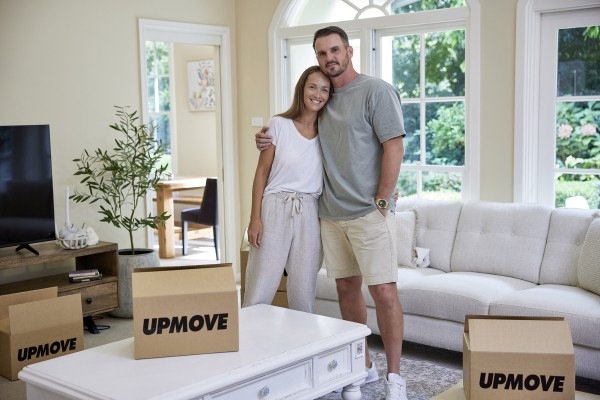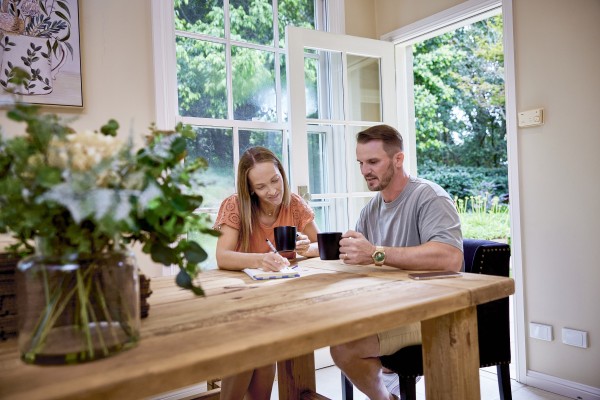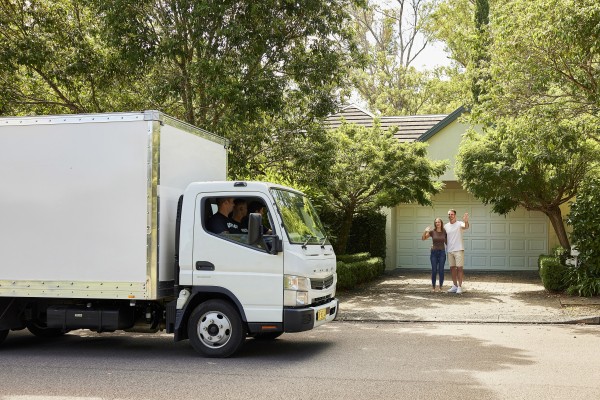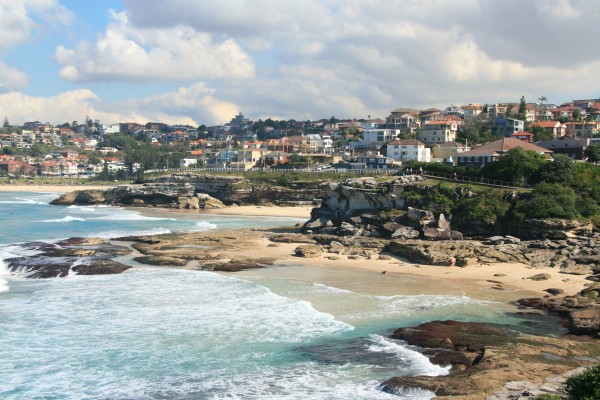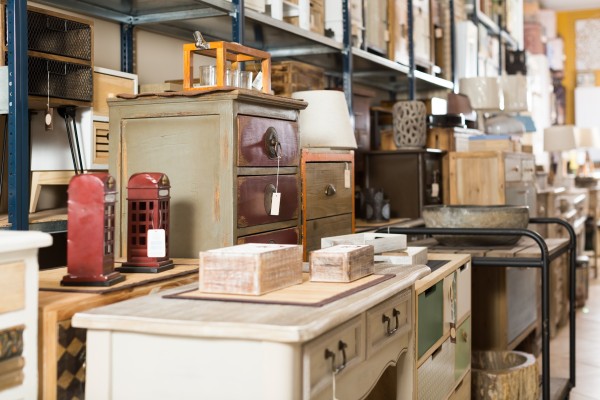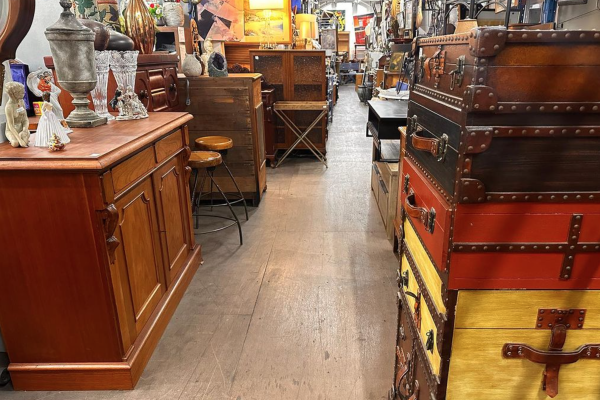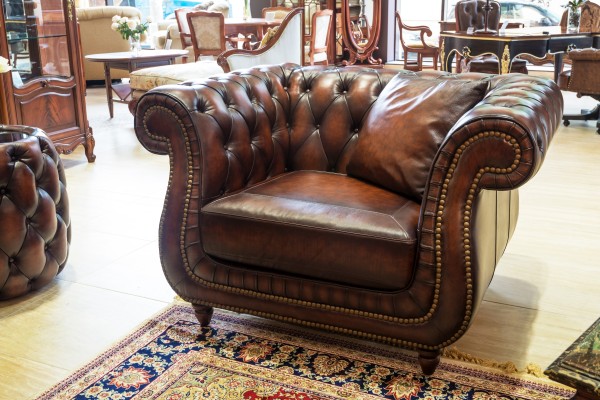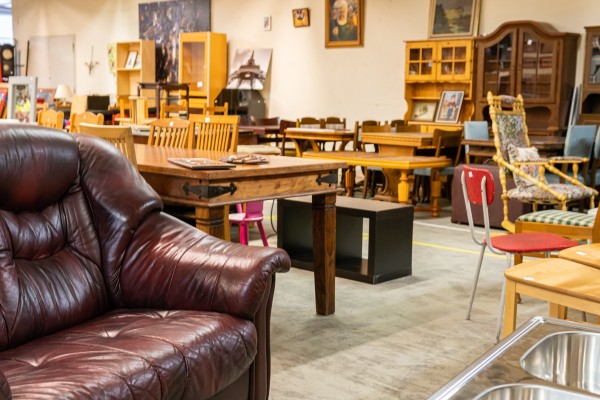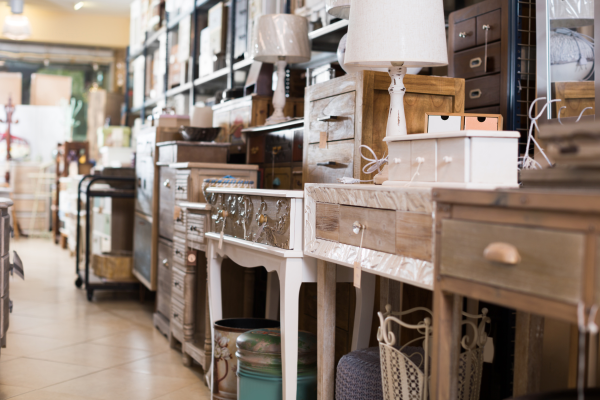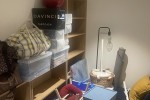Waste management and recycling in Australia

A country as big as Australia is sure to generate a fair bit of waste. In fact, between 2020 and 2021 Australia was responsible for some 75.8 mega tonnes (mt) of rubbish - that’s equivalent to 471 Sydney Opera Houses.
Naturally with this much waste, rubbish disposal and recycling in Australia are important topics.
Keep reading to learn:
Australian waste statistics - an overview
-
Waste generation has increased by 20% over the last 15 years with a population increase of 25%.
-
In 2020 - 2021 Australia was responsible for 75.8 mega tonnes of waste (household, commercial, industrial, construction and council).
-
Over the last 15 years, Australia has increased its recycling by 57%.
-
63% of all Australian waste is recovered and reused again.
-
The three largest sources of waste are building and demolition (25.2 mega tonnes), organics (14.4 mega tonnes), and ash from C&I electricity generation (12 mega tonnes).
-
Plastics represent 3% of total waste in Australia.
-
Only about 13% of plastic waste is ever recycled.
Exactly what happens to waste in Australia?
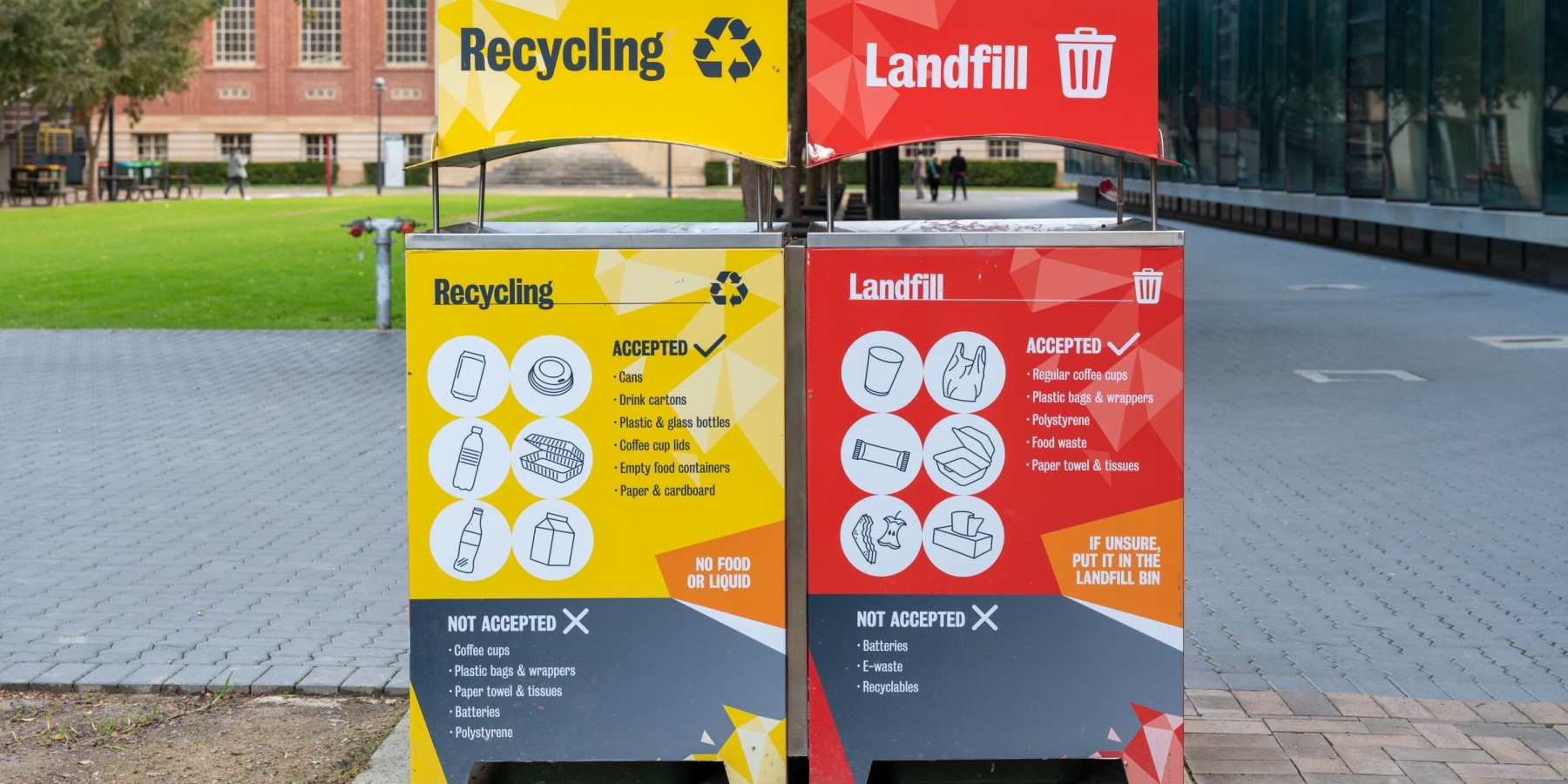 According to the 2020-2021 waste management report some 68% of household waste ends up in landfills. Outside of Australian landfills, waste is disposed of through a variety of methods including recycling and shipping overseas.
According to the 2020-2021 waste management report some 68% of household waste ends up in landfills. Outside of Australian landfills, waste is disposed of through a variety of methods including recycling and shipping overseas.
Almost every Australian household (98%) has access to recycling bins and many have access to garden organic / food bins to enable a streamlined and efficient approach to sustainable waste management. Despite this, incorrect bin use leads to ‘contamination’ every year. In 2020-2021, some 14% of all waste in the designated recycling bins was deemed unrecyclable.
Australian landfills
A landfill is simply an area of land where waste is disposed of through a process of burying and covering with soil. There are approximately 1,168 landfills in Australia which receive over 20 tonnes of waste each and every year.
Landfills are generally considered the worst possible option when it comes to waste management since they produce a number of harmful chemicals including methane, carbon dioxide ammonia and sulphide - all of which are dangerous to the natural environment.
Shipping waste overseas
For many years, Australia has shipped its plastic waste. However, over recent years many of the countries who previously accepted the waste have now introduced laws banning the importation of waste plastics.
Despite these bans, waste exportation still exists, albeit in a more regulated fashion (waste is processed properly before shipping).
Regulated waste exportation applies to:
Residential recycling in Australia
The recycling sector contributes $5.1 billion in industry value to the Australian economy. Almost every household has access to a recycling bin, but the rules around what you can recycle vary between states and territories.
What you can do at home to help reduce waste
 Household waste may not be the biggest contributor to landfill or waste in the country but it still accounts for some 12.4 million tonnes.
Household waste may not be the biggest contributor to landfill or waste in the country but it still accounts for some 12.4 million tonnes.
This makes it even more important to familiarise yourself with the relevant household bin and recycling protocols mentioned below and take a little extra time and care when it comes to identifying plastic products to ensure they are disposed of appropriately.
Keep this article and the tables outlined below somewhere within view for future reference when it comes to recycling your household waste.
You can also do your bit to reduce your waste by making more sustainable choices every day. Whether it’s refusing disposable goods and opting for reusable items, or choosing to work with brands and companies that do their bit for the environment and planet, everyone can make an impact.
Queensland
Recycling goes in the yellow bin.
|
Recycle |
Don’t recycle |
|
Milk bottles |
Plastic toys |
|
Yoghurt and ice cream tubs |
Soft plastics and bags / packaging |
|
Skin care and shampoo bottles |
Scrap metal |
|
Detergent and soap bottles |
Paint tins |
|
Soft drink and juice bottles |
Batteries |
|
Food tins |
Sauce pans |
|
Pet food tins |
Window frames |
|
Baby formula tins |
Drinking glasses |
|
Aerosol cans (empty) |
Glass cookware |
|
Foil (clean tray / scrunched into a ball) |
Light bulbs |
|
Drink cans |
Windows / mirrors |
|
Sauce bottles |
Biodegradable cups and plates |
|
Jam jars |
Tissues and paper towels |
|
Alcohol bottle |
|
|
Juice bottles |
|
|
Pizza boxes |
|
|
Magazines, brochures, catalogues |
|
|
Wrapping paper (no glitter) |
|
|
Toilet rolls |
|
|
Egg cartons |
NSW

Mixed recycling goes in the yellow bin. Your paper and cardboard goes in the blue bin.
|
Correct bin colour |
|
|
Plastics (PET) |
🟡 |
|
Plastics (HDPE) |
🟡 |
|
Plastics (PP) |
🟡 |
|
Aluminium cans |
🟡 |
|
Steel cans |
🟡 |
|
Empty oil drums |
🟡 |
|
Glass bottles/jars |
🟡 |
|
Printer paper |
🔵 |
|
Cardboard boxes |
🔵 |
|
Note paper |
🔵 |
|
Magazines |
🔵 |
|
Newspapers |
🔵 |
Victoria
Households that receive waste and recycling services from local councils and Alpine Resorts Victoria (ARV), will have access to the new standardised 4-stream system with separate services for:
-
Mixed recycling: Yellow bin
-
Glass recycling: Purple bin
-
Good organics and garden organics (FOGO): Lime green bin
-
General rubbish: Red bin
|
Correct bin colour |
|
|
Plastics (PET) |
🟡 |
|
Plastics (HDPE) |
🟡 |
|
Plastics (PP) |
🟡 |
|
Aluminium cans |
🟡 |
|
Steel cans |
🟡 |
|
Empty oil drums |
🟡 |
|
Glass bottles/jars |
🟡 |
|
Printer paper |
🟣 |
|
Cardboard boxes |
🟣 |
|
Note paper |
🟣 |
|
Magazines |
🟣 |
|
Newspapers |
🟣 |
|
Food scraps from the kitchen |
🟢 |
|
Branches (up to 10cm diameter) |
🟢 |
|
Lawn clippings |
🟢 |
|
Tetrapak and juice cartons |
🔴 |
|
Books |
🔴 |
|
Disposable cutlery and cups |
🔴 |
|
Paper towels |
🔴 |
|
Fast food packaging |
🔴 |
|
Polystyrene |
🔴 |
|
Soiled food packaging |
🔴 |
|
Coffee cups |
🔴 |
|
Plastic bags, small plastics and soft plastics |
🔴 |
Western Australia
WA has a two/three bin system.
Two-bin system
-
1 x yellow recycling bin
-
1 x red (or 2 depending on the size of your property) general waste bin(s).
Three-bin system
-
1 x lime or green lid: Measuring 240 litres and used for garden organics
-
1 x yellow bin lid: Measures 240 litres and is used for recycling
-
1 x red lid bins: Measure 140 litres and are for collecting general waste
|
Correct bin colour |
|
|
Grass |
🟢 |
|
Palm frongs |
🟢 |
|
Tree nutes |
🟢 |
|
Twigs and sticks |
🟢 |
|
Clean glass bottles and jars |
🟡 |
|
Paper (not shredded) |
🟡 |
|
Cardboard |
🟡 |
|
Plastic bottles and containers (clean and empty) |
🟡 |
|
Steel and aluminium cans (clean and empty) |
🟡 |
|
Ropes/cables |
🔴 |
|
Dog poo/kitty litter |
🔴 |
|
Hazardous waste |
🔴 |
|
Food waste |
🔴 |
|
Plastic bags |
🔴 |
Northern Territory

The Northern Territory has a two-bin system:
-
1 x yellow recycling bin
-
1 x red general waste bin
|
Correct bin colour |
|
|
Hard plastics |
🟡 |
|
Aluminium cans |
🟡 |
|
Paper, magazines, newspapers |
🟡 |
|
Steel cans |
🟡 |
|
Cardboard boxes |
🟡 |
|
Glass bottles/jars |
🟡 |
|
Tetrapak and juice cartons |
🟡 |
|
Fast food packaging |
🔴 |
|
Polystyrene |
🔴 |
|
Soiled food packaging |
🔴 |
|
General waste |
🔴 |
|
Food waste |
🔴 |
|
Coffee cups |
🔴 |
South Australia
South Australia has a three bin collection system:
|
Correct bin colour |
|
|
Grass |
🟢 |
|
Palm frongs |
🟢 |
|
Tree nutes |
🟢 |
|
Twigs and sticks |
🟢 |
|
Dog poo/kitty litter |
🔵 |
|
Food waste |
🔵 |
|
Plastic bags |
🔵 |
|
Clean glass bottles and jars |
🟡 |
|
Paper |
🟡 |
|
Cardboard |
🟡 |
|
Plastic bottles and containers (clean and empty) |
🟡 |
|
Steel and aluminium cans (clean and empty) |
🟡 |
Use the ‘What Bin?’ recycling search tool to look up specific items and find out which bin they belong in in South Australia.
Tasmania
In Tasmania, all residents have a green 120 or 240-litre wheelie bin for recycling and a 240-litre wheelie bin (red lid) for domestic waste to be collected each fortnight.
|
Correct bin colour |
|
|
Hard plastics |
🟢 |
|
Aluminium cans |
🟢 |
|
Paper, magazines, newspapers |
🟢 |
|
Steel cans |
🟢 |
|
Cardboard boxes |
🟢 |
|
Glass bottles/jars |
🟢 |
|
Fast food packaging |
🔴 |
|
Soiled food packaging |
🔴 |
|
General waste |
🔴 |
|
Food waste |
🔴 |
|
Coffee Cups |
🔴 |
What number plastics can be recycled in Australia?
In Australia, plastic products are marked with symbols and numbers. These identify the type of plastic and how they can be recycled.
Recycling symbol 1: PETE (PET) (Polyethylene Terephthalate). Typically found on soft drink bottles, juice and other beverage bottles as well as vegetable oil containers. These plastics can be recycled through your kerbside recycling bin after being emptied and rinsed.
Recycling symbol 2: HDPE (High-Density Polyethylene). This common type of plastic is used for milk products, butter tubs, shampoo bottles etc. It is also used in soft plastic form. The firm plastic can be recycled through your kerbside recycling bin after emptying and rinsing but the soft plastic can not.
Recycling Symbol 3 – PVC (V – Polyvinyl Chloride ). PVC plastics are not accepted in residential recycling bins as they are particularly hard to recycle. This plastic is commonly used in toys, furniture, piping etc.
Recycling Symbol 4 – LDPE (Low-Density Polyethylene). This plastic is what is commonly used to make bubble wrap, shopping bags and other flexible plastic products. These items can’t be recycled through your kerbside recycling bin and can only be recycled through programs such as REDcycle.
Recycling Symbol 5 – PP (Polypropylene). This plastic is commonly used for ice cream tubs, takeaway containers, medicine bottles and other similar products. You can recycle this plastic in your kerbside pick-up service providing the containers have been emptied and rinsed of any debris.
Recycling Symbol 6 – PS (Polystyrene). Polystyrene is a particularly challenging plastic to recycle. It’s commonly used in disposable coffee cups, foam packaging and food trays. You are unable to recycle this plastic via the kerbside pick up, but some councils will offer a recycling drop-off facility for waste of this kind.
Recycling Symbol 7 – All other kinds of plastics. This symbol is used to identify all other kinds of plastic. Acrylics, nylon, and other miscellaneous plastics fall under this category. Either contact your local recycling facility for your options or pop these plastics in the general waste bin as this is not appropriate for kerbside pick up recycling.
What do our customers say?

